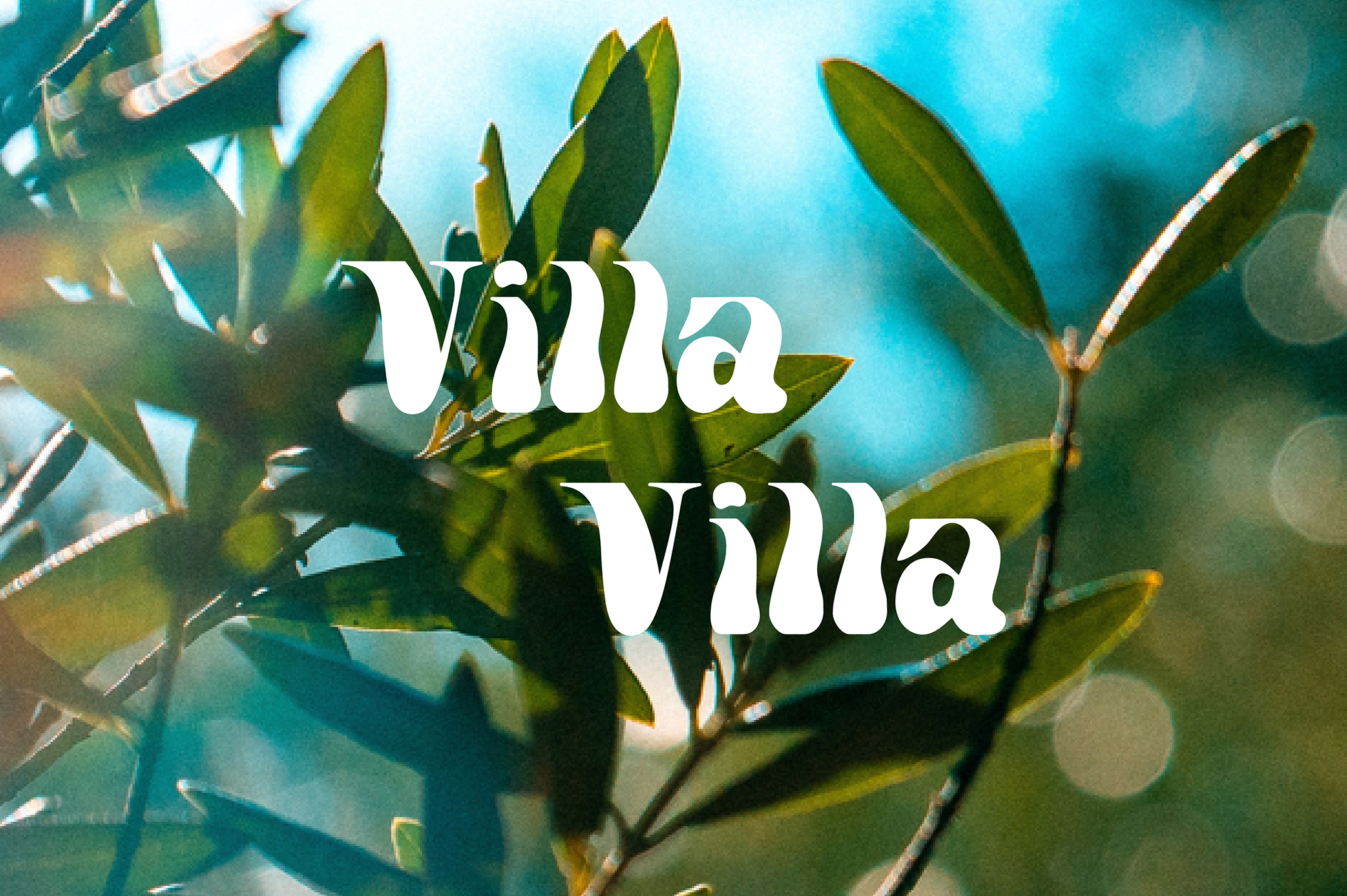The Importance of the Unknown
Jule Kurbjeweit
To know something is to grasp it. As anthropologist Shahram Khosravi points out, “the etymology of the word ‘understanding’ – or comprehension – is to arrest, to seize. […] understanding has to do with domination [and] there is an aggression and a power relation in that”. According to modern science, which is largely built on such a sense of understanding, humankind is the Master that reigns over and dominates Nature. In this construct, nature is not respected in its own right, but seen as a research object and a potential resource to serve human needs. As a consequence, though we may have more scientific knowledge about the natural world than ever before, we are also more alienated from it than ever before.
Knowing allows for cognitive closure, “the state in which an individual recognizes that he or she has achieved understanding of something” (APA Dictionary of Psychology), which brings a sense of order, control, comfort and safety and therefore serves a deeply seated human need. Not knowing, in turn, can create discomfort, even fear, and is considered a threat and a flaw to be overcome. With the need for cognitive closure, for answers and explanations, unknowing is difficult to hold and to tolerate. It demands humility, which runs counter to the Western human-as-master worldview and tends to be met with resistance. Not seldom, fear without humility instils the will to subjugate what is feared in order to maintain control. In this sense, the efforts of humans to dominate nature – and of a group of humans to dominate other groups of humans – are an expression of the desperate and aggressive resistance to humility[1].
Motivated by curiosity and fascination for nature’s secrets, the natural sciences seek to progressively uncover these mysteries. Certainly, scientific findings can be of immense value. But when cognitive closure results in limitation instead of possibility, when it becomes a closing off rather than an opening up towards the unknown or towards the Other, then flexibility of thinking is curtailed, curiosity and wonder are curtailed, and respect is impeded.
The commitment to explaining the more-than-human world – and the positivist conviction that this will be possible over time – has compromised another way of relating to nature, which is obscured in the West but present in many indigenous cultures: a way of relating shaped by a sense of humility and awe in face of the unknown, that gives space to a sense of sacredness. Sacredness always carries an element of mystery. Things and concepts are imbued with sacredness for the meaning they carry and for a certain something that cannot quite be explained or grasped.
In the episode “The Thrilling Science of Awe” (2023) on the podcast On Being with Krista Tippett, psychologist and researcher Dacher Keltner makes a case for “the primary experience of awe in human life – moments when we have a sense of wonder, an experience of mystery, that transcends our understanding. […] They bring our nervous system and heartbeat and breath into sync – and even into sync with other bodies around us.” Awe is crucial not only for our individual health and wellbeing but also for collective, interspecies harmony by showing a way towards respect.
This idea and attitude pervades the book Thinking Like an Iceberg (2022) by philosopher Olivier Remaud, urging us to acknowledge the life-of-its-own of non-human beings. Looking at icebergs – those frozen, floating masses that evoke beauty, awe and often fear all at once – and finding them to be full of life, the book is “a praise of unexpected lives. It is also a reflection on discretion as an art of cohabitation with non-human entities.” Remaud observes that the explorers, scientists and artists who tried to find the right words to describe icebergs have relied on Edmund Burke’s and Immanuel Kant’s theories of the sublime. If feelings of the sublime “arouse enjoyment but with horror” (Kant 1960), then icebergs perfectly embody the sublime. This combination of beauty and terror, characteristic of the sublime, evokes respect. Its grandeur reminds us of our own smallness and fragility. “The spectacular appearance of the icebergs is a reminder of the humble condition of humans.” (Remaud 2022, 13-14) But there is something else to the experience of being in the presence of an iceberg: “They were trying to solve an enigma that was not just one of a sublime spectacle. It was that of a different life that had to be appreciated for itself” (Remaud 2022, 29).
In a similar vein, artist Stef Veldhuis’s text “Monstrare Monere” (2022) speaks to the need of sea monsters. In earlier centuries, ocean maps used to feature drawings of sea monsters in dangerous areas, serving as warnings to the seafarers. As geography and technology advanced and filled in the scientific details of the danger zones, sea monsters disappeared from the maps. “The loss of sea monsters created an ocean that could be tamed and dominated” (Veldhuis 2022). The sea monsters had marked powerful barriers to be respected. Their loss gave way to a sense of dominion: a sense that any danger could be overcome, boundaries could be ignored and the territories of other beings could be invaded. As Veldhuis argues, “we are in dire need of new monsters that can inspire humility towards the more-than-human forces that surround us.” While illustrations of sea monsters on Google Maps won’t do the job nowadays, we need to remember that we are vulnerable to others and that there are forces greater than us.
What is at stake here is the way we relate to nature and the more-than-human world. It really is a question of contact, encounter and of distance. How do we make contact with non-humans? What attitudes inform the encounter? How much distance is kept, should be kept, and how is distance dealt with? Remaud (2022, 120) asks: “How does one determine, in societies, the distance that should be established between human and non-human beings?” On the one hand, awe and humility bring us closer to non-human beings by placing us back inside ecosystems, among other species rather than above and beyond them. On the other hand, a humble attitude teaches us to keep a distance that gives space to the Other’s being, which we can never fully grasp and seize.
If we accept the unknown and the unknowability of nature, we accept that we cannot control it. We are then in the position of those who keep learning and will never have learnt everything, who will continue to be surprised by a sphere that they are part of but will never grasp entirely, will never fully control. We give up the position of the master that dominates and, instead, find ourselves enmeshed in nature, dependent on it. As Remaud (2022, 153) suggests: “we can know, like Socrates and Montaigne, that we do not know much and continue our work of interpretation in a condition of ignorance. This humility would imply that we would no longer be interested only in human roles. It would allow us to […] become familiar with other living beings and, perhaps, to dispel the illusions of any species egoism.” Our scientific endeavours to know nature would be informed by the underlying acknowledgement that “we are part of that nature that we seek to understand” (Barad 2007, 26, Bodemleven). And the unknown would not inspire the need to control, but curiosity, wonder and appreciation.
Relating to nature in such a way, we can know it on a different level: less through science and more through direct and embodied experience. It is then an open encounter and a letting-be rather than a knowing-to-control. When embraced, we find humility from which we acknowledge interspecies dependence and appreciate the other in its own right. It opens us up to encounters that are about connection rather than control and where humans are not masters but an integrated part of this more-than-human world.
[1] In a way, humility is when fear becomes respect.
Recent posts
See all
Only 0.56g of CO2 is produced every time someone visit this web page
Source: websitecarbon
Only 0.56g of CO2 is produced every time someone visit this web page
Source: websitecarbon


